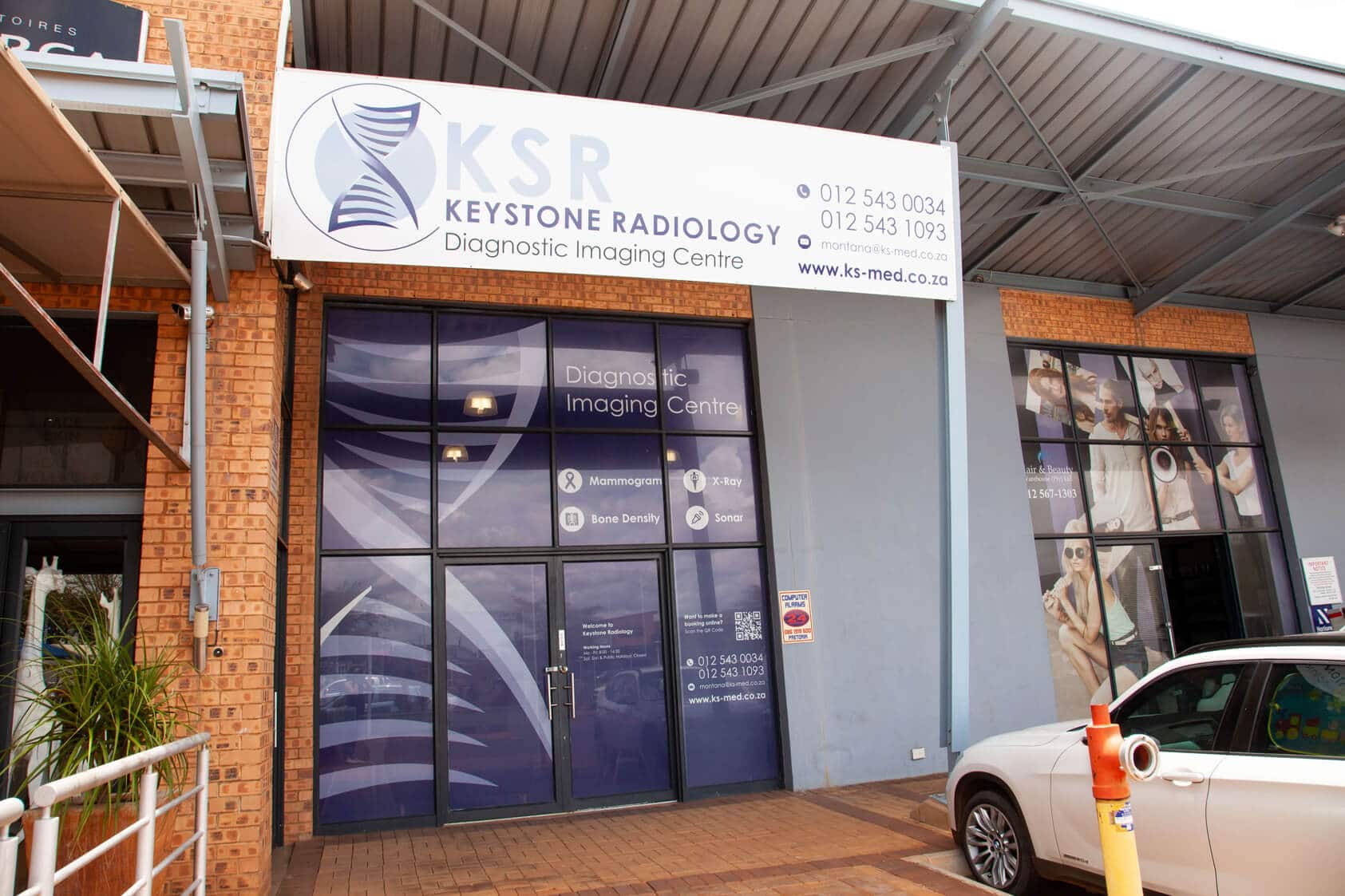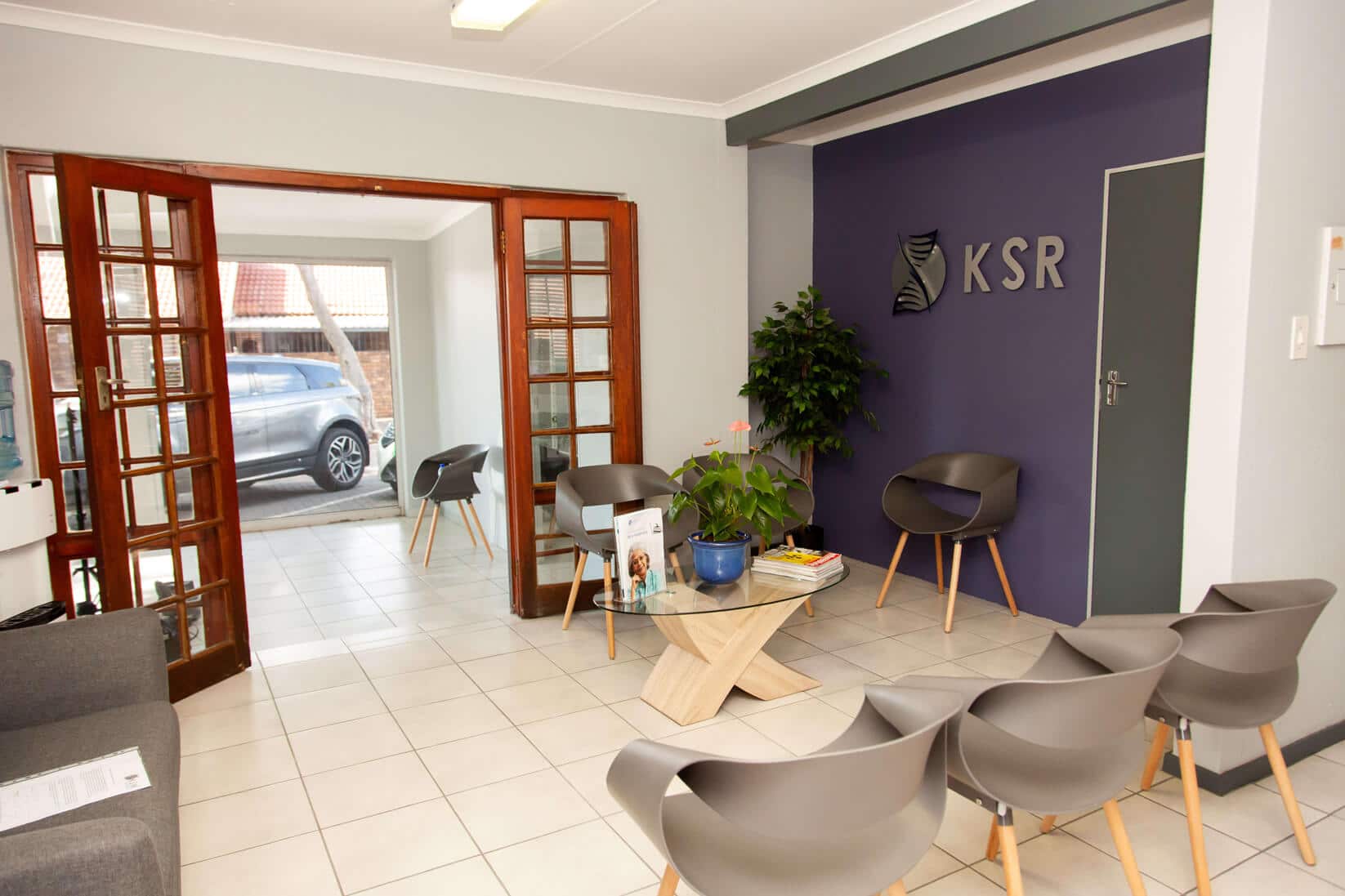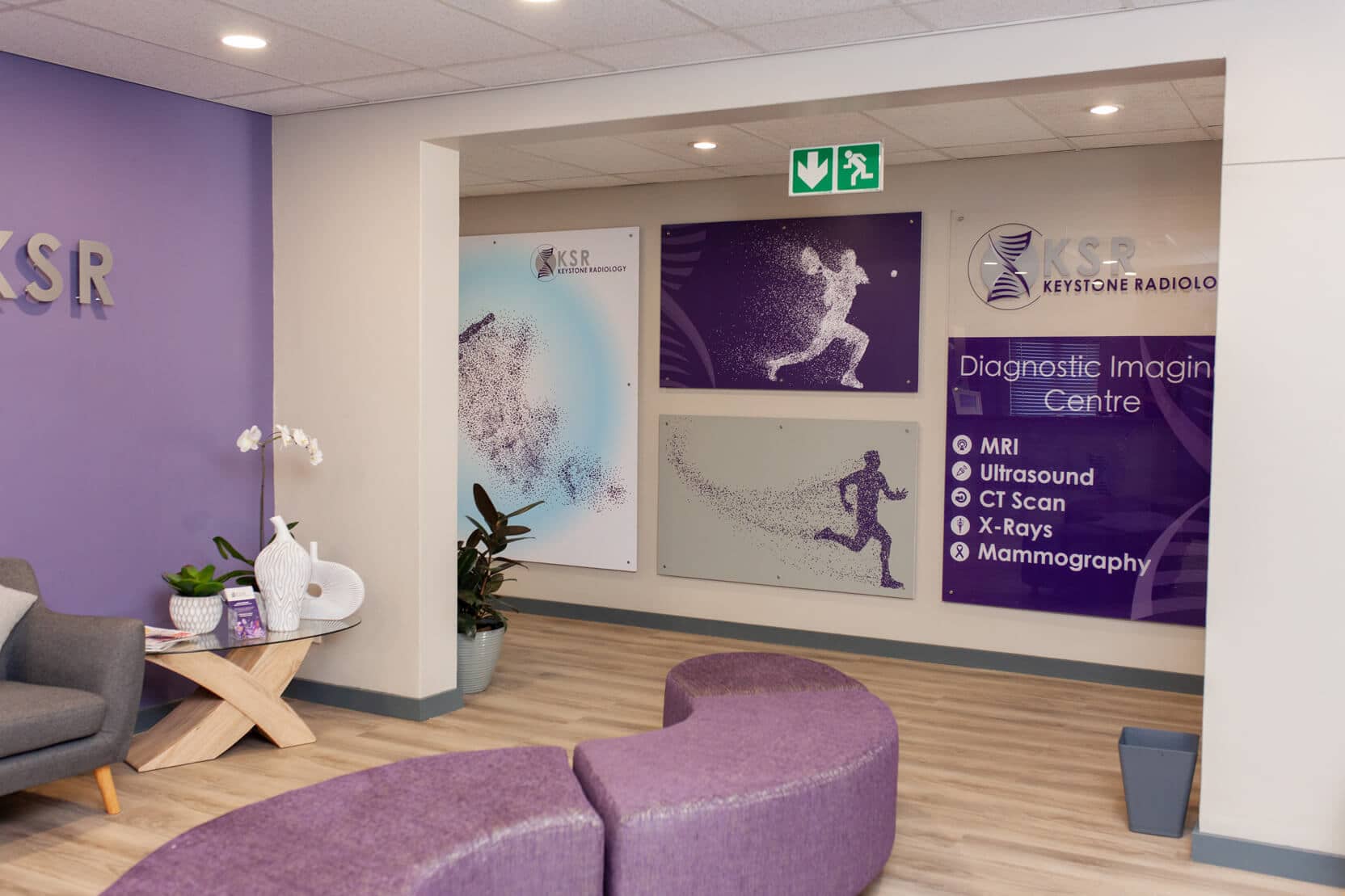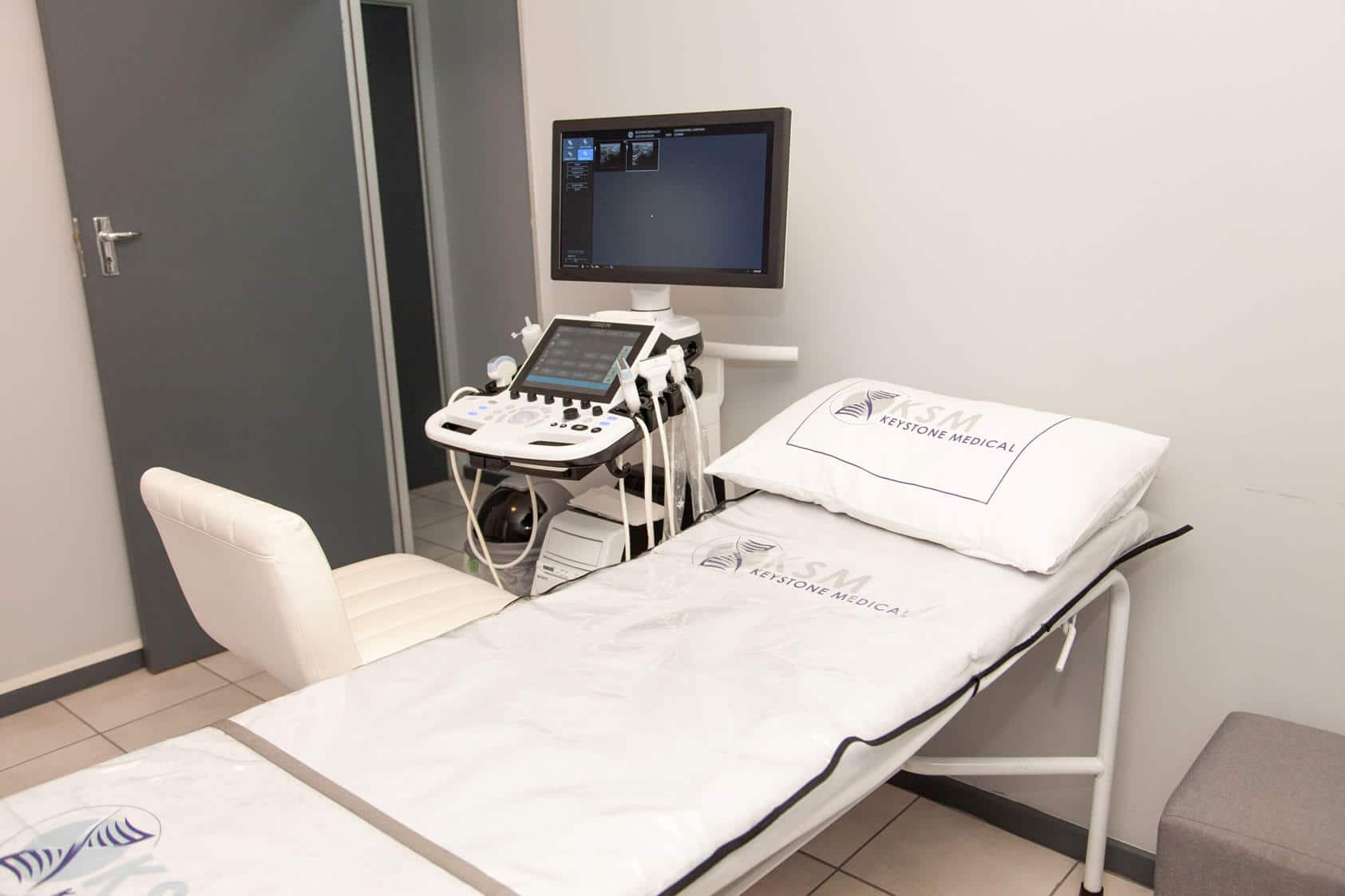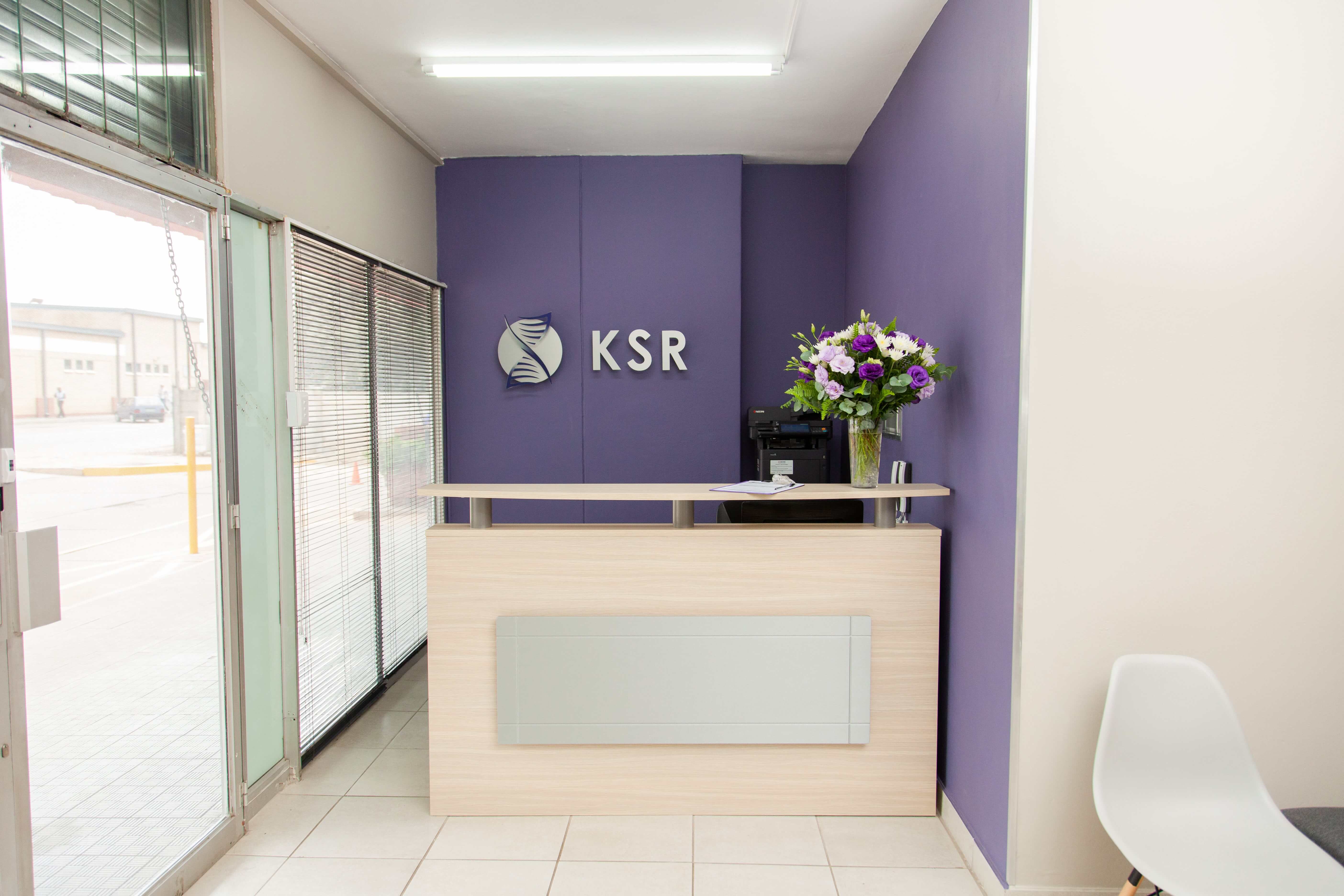Ultrasound
Ultrasound is used to capture live imaging and evaluate mainly the soft tissue structures within the body. Because it uses no ionizing radiation, it is the modality of choice to examine the structural appearance of abdominal organs, measure the flow of blood within blood vessels and evaluate the glands. It is used to assess the integrity of muscles, tendons and small ligaments. In conjunction with Mammography, ultrasound is also used to assess breast tissue.
Ultrasound
Ultrasound is used to capture live imaging and evaluate mainly the soft tissue structures within the body. Because it uses no ionizing radiation, it is the modality of choice to examine the structural appearance of abdominal organs, measure the flow of blood within blood vessels and evaluate the glands. It is used to assess the integrity of muscles, tendons and small ligaments. In conjunction with Mammography, ultrasound is also used to assess breast tissue.
How
Diagnostic ultrasound uses high-frequency sound waves, inaudible to the human ear, to produce images of structures within your body. The sound waves are transmitted through the body and received back using a transducer. The information is transmitted to a computer screen which will display it as a diagnostic image.
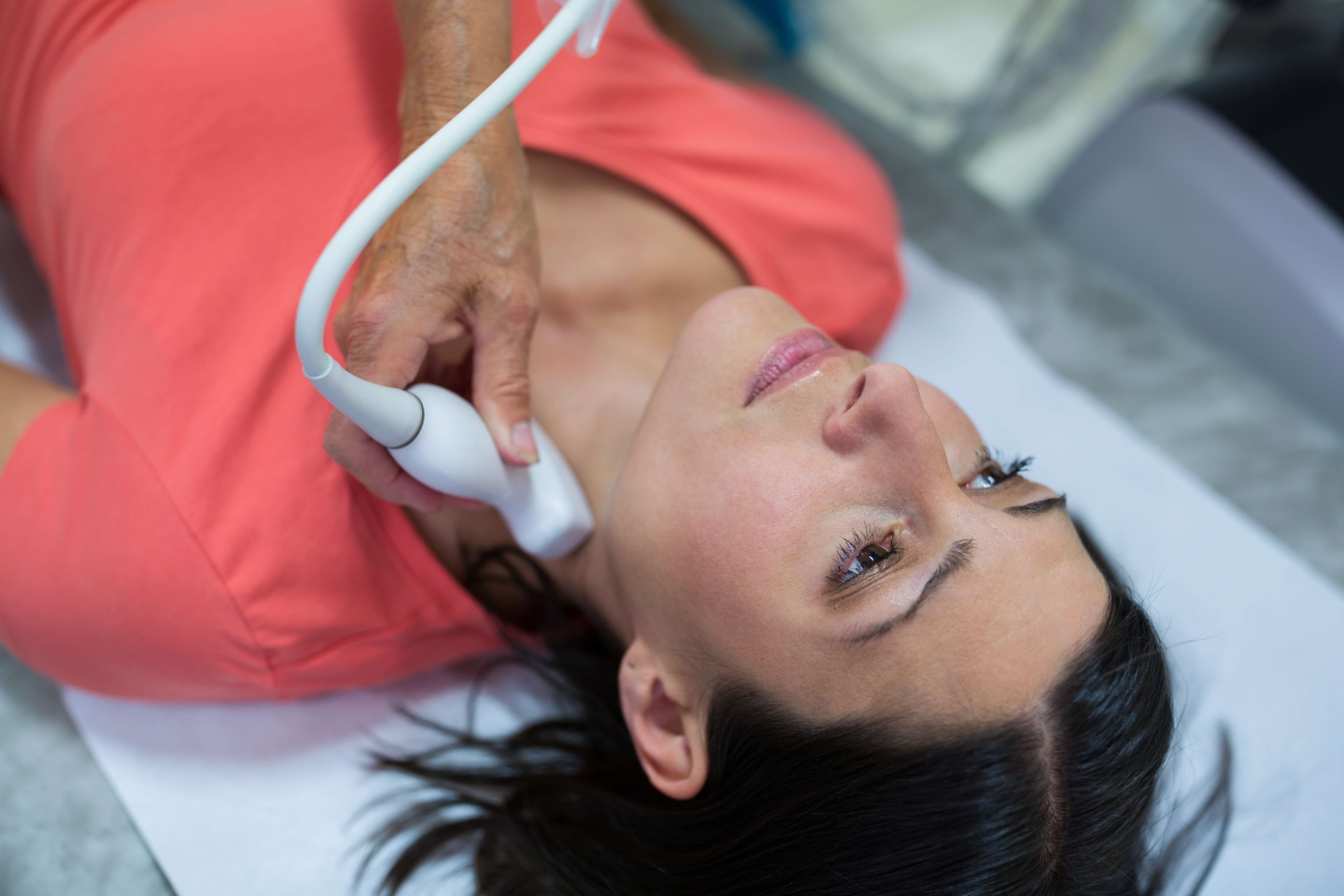
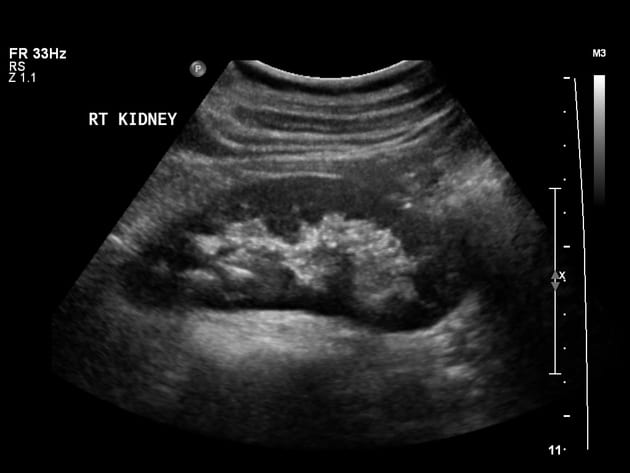
What
We perform a range of ultrasound examinations including abdominal, cardiac, vascular and musculoskeletal imaging. Most ultrasound examinations require no preparation, however, an abdominal ultrasound (especially the gallbladder) requires the patient to be fasting for a minimum of 6 hours. Ultrasound of the pelvis requires a full bladder, therefore you may be asked to drink four to six glasses of water in order to fill the bladder for optimum visualization of the pelvic structures.
Take note:
Depending on the area that will be examined, you may want to wear loose, comfortable clothing. You may be asked to change into a gown for the examination and to remove any jewellery or other metallic items from your body before the examination.
How
Diagnostic ultrasound uses high-frequency sound waves, inaudible to the human ear, to produce images of structures within your body. The sound waves are transmitted through the body and received back using a transducer. The information is transmitted to a computer screen which will display it as a diagnostic image.


What
We perform a range of ultrasound examinations including abdominal, cardiac, vascular and musculoskeletal imaging. Most ultrasound examinations require no preparation, however, an abdominal ultrasound (especially the gallbladder) requires the patient to be fasting for a minimum of 6 hours. Ultrasound of the pelvis requires a full bladder, therefore you may be asked to drink four to six glasses of water in order to fill the bladder for optimum visualization of the pelvic structures.
Take note:
Depending on the area that will be examined, you may want to wear loose, comfortable clothing. You may be asked to change into a gown for the examination and to remove any jewellery or other metallic items from your body before the examination.
How
Diagnostic ultrasound uses high-frequency sound waves, inaudible to the human ear, to produce images of structures within your body. The sound waves are transmitted through the body and received back using a transducer. The information is transmitted to a computer screen which will display it as a diagnostic image.

What
We perform a range of ultrasound examinations including abdominal, cardiac, vascular and musculoskeletal imaging. Most ultrasound examinations require no preparation, however, an abdominal ultrasound (especially the gallbladder) requires the patient to be fasting for a minimum of 6 hours. Ultrasound of the pelvis requires a full bladder, therefore you may be asked to drink four to six glasses of water in order to fill the bladder for optimum visualization of the pelvic structures.

Take note:
Depending on the area that will be examined, you may want to wear loose, comfortable clothing. You may be asked to change into a gown for the examination and to remove any jewellery or other metallic items from your body before the examination.
Make a booking
Need to get an Ultrasound done?
Locations
Here are the locations where you can have an Ultrasound done. After hours? You can request a call back online and we will get back to you first thing the next working day.
Centurion@Health
087 055 0587
Option 3
@Health Medical Centre, 258B Jean Avenue, Die Hoewes, Centurion, 0163.
Potchefstroom
087 055 0587
Option 2
MooiMed Private Hospital, 1 Chief Albert Luthuli Drive, Potchefstroom, 2531.
Centurion@Health
087 055 0587
Option 3
@Health Medical Centre, 258B Jean Avenue, Die Hoewes, Centurion, 0163.
Potchefstroom
087 055 0587
Option 2
MooiMed Private Hospital, 1 Chief Albert Luthuli Drive, Potchefstroom, 2531.
We want to hear from you
Say Hello!
Have any questions or unsure about something? Let us know and our team will get back to you as soon as possible

